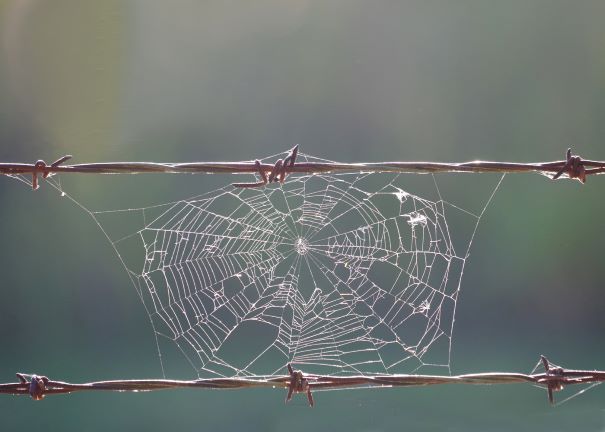
The Twelve Bugs of Christmas 2022
Greetings of the Season, BugFans,
Wow! The 10th annual installment of The Twelve (or Thirteen) Bugs of Christmas! The Bugs of Christmas features shots, taken throughout the year, of insects and spiders who have already had their own BOTW, but who posed nicely.
The next two paragraphs were borrowed from Christmas 2016, because the BugLady is still amazed by the history of this ubiquitous Holiday Classic.
“The Twelve Days of Christmas” is an English carol that was probably borrowed from the French and that was originally an acapella chant/call-and-response/children’s memory game. There’s an alternative explanation about the various lords, rings, etc. being Christian code words for catechism during a time of religious repression (which seems a bit like playing Beatles songs backwards). It first appeared in writing in 1780, and there were (and still are) many variations of it, though the words were more-or-less standardized when an official melody was finally written for it in 1909 (and the insect verse was, alas, dropped. “Thirteen Bugs a’ buzzing”).
See https://en.wikipedia.org/wiki/The_Twelve_Days_of_Christmas_(song) so you can hold your own in Holiday Trivia at parties (I’ll take Christmas Songs for $300, Alex). With apologies to all those Lords a’ Leaping, it’s time once again to celebrate a year of bugs with this baker’s dozen collection of the beautiful, the odd, and the mysterious. Gifts. Right under our noses. All the time.
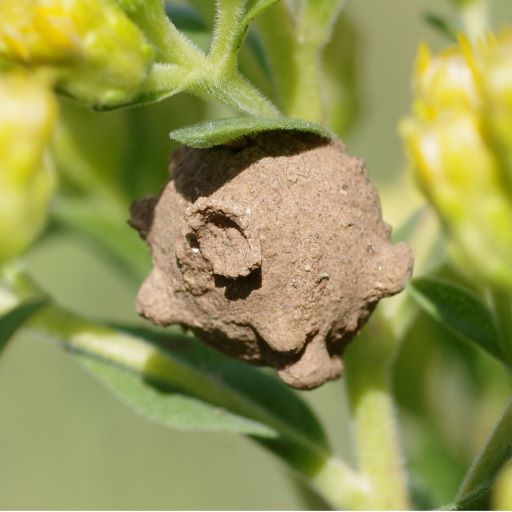
POTTER WASP – Throughout this BOTW series, we have noted the many places where insects deposit their eggs – in plant stems, in underwater vegetation, in dead trees, in flower buds, in mushrooms, in the BugLady’s wind chimes, in carcasses, in holes and tunnels underground, in other insects, in cells made of wax or paper, in egg sacs. The BugLady’s favorite is the small, mud pot attached to a twig or leaf by a potter wasp.
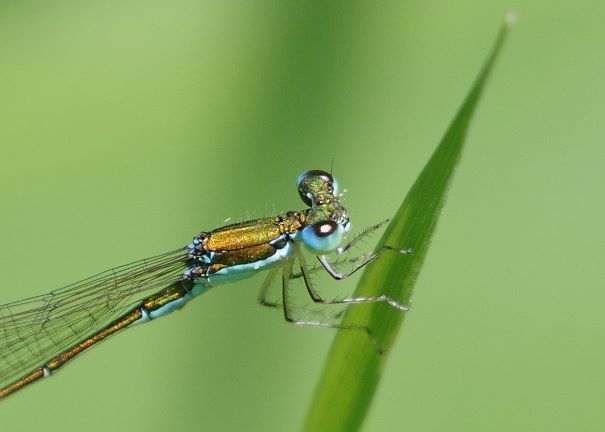
SEDGE SPRITE – The BugLady is a tall person, and Sedge Sprites (her favorite damselflies) are tiny damselflies, barely an inch long, that mostly fly at altitudes lower than her knees. Photographing one involves tracking an insect the size of a sewing needle through sedges and other boggy vegetation. What a beauty!
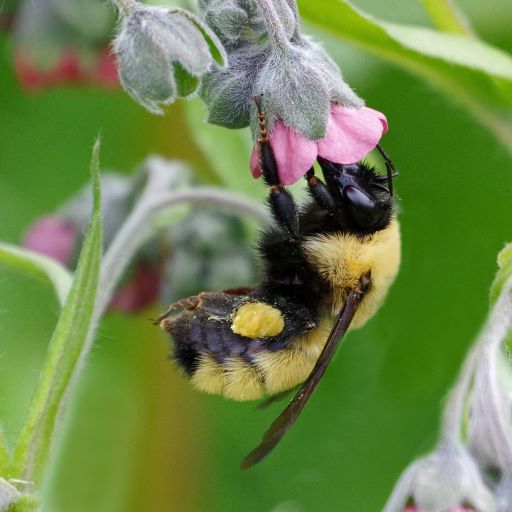
BUMBLE BEE – The plant is called Common Hound’s-tongue (Cynoglossum officinale) (aka houndstooth, dog’s tongue, Gypsy flower, and Rats and Mice (because it’s said to smell like them). Lots of small flowers on a plant that may grow 4 feet tall. It’s from Europe; it probably came over in the 19th century in a bag of agricultural seed, and it’s considered a noxious weed in parts of North America (but it’s rare in Ireland). It contains chemicals (alkaloids) that are toxic to livestock, its bristly seeds are not wholesome to ingest, and they irritate the skin, too. Historically, it was used as a cure for madness and to treat inflammatory diseases, lung issues, and “it heals all manner of wounds and punctures, and those foul ulcers that arise by the French pox’” (Culpeper’s Complete Herbal).
The bumble bee doesn’t know any of that, and doesn’t care.
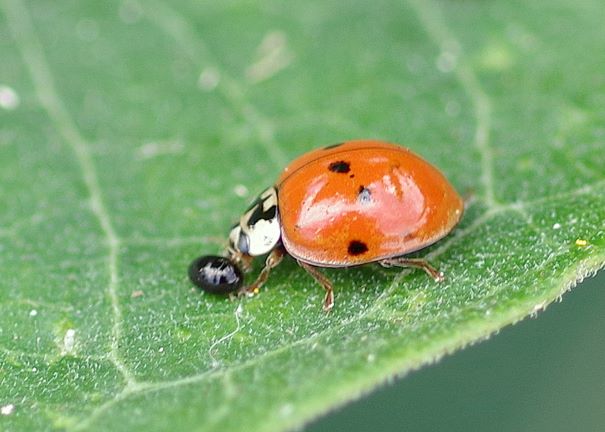
LADYBUG and SHINING FLOWER BEETLE – Multicolored Asian Ladybird Beetles come in a variety of shades of red and orange with spots ranging from zero to many, but you can tell them by the “W” or “M” on the thorax (depending on whether they’re walking toward you or away from you). Adults eat aphids and scale insects, and their larvae eat even more aphids and scale insects, and some eggs of butterflies and moths. The BugLady couldn’t find anything that suggested that they might chow down on a small beetle like this Shining flower beetle, but the ladybug sure was interested in it and followed it all around the surface of the leaf.
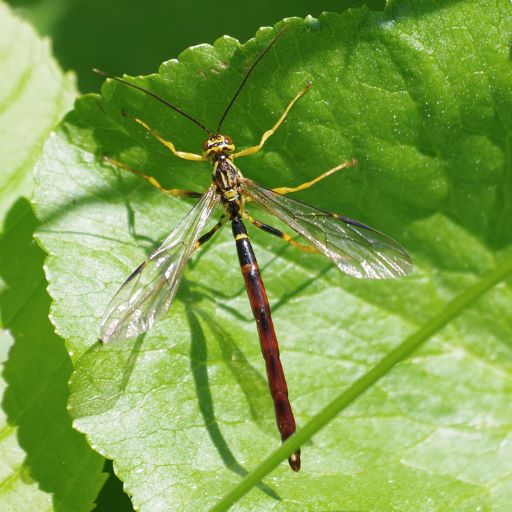
GIANT ICHNEUMON WASPS are among the BugLady’s favorite insects (Why? See https://uwm.edu/field-station/giant-ichneumon-wasp/). There are two species of rust and yellow Giant Ichneumons around here https://bugguide.net/node/view/1701906/bgimage, plus Black Giant Ichneumonid Wasp https://bugguide.net/node/view/1742321/bgimage. This is a male Black Giant Ichneumonid Wasp.

SPIDER WEB – an abandoned trap web, toward the end of summer.
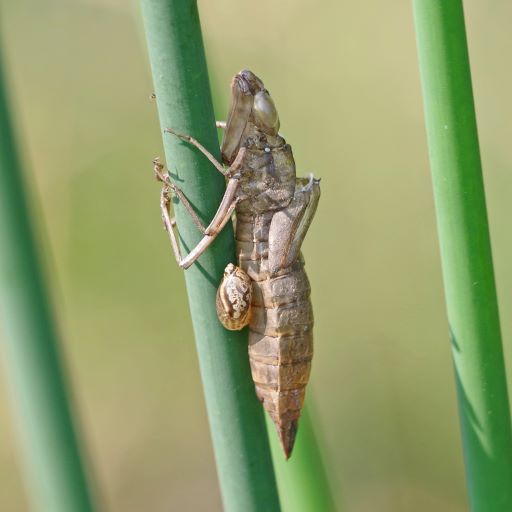
DARNER EXUVIA – In today’s usage, the empty, shed skin of an insect or spider is (mostly-but-not-always) called an exuvia (Pl. exuviae), from the Latin for “things stripped, drawn, or pulled from the body”. The BugLady, who likes etymology as well as entomology, wanted to find out more about the word, so down the rabbit hole she went. She discovered that even her two favorite dragonfly and damselfly books don’t agree with each other.
The British use “exuvium” for the singular and “exuvia” or “exuviums” for the plural. When she did a bit more delving into “exuvium,” the BugLady found this awesome excerpt from a letter written by Sir Thomas Browne to his son Thomas, dated May 29, 1679: “I have sent you, by Mrs. Peirce, a skinne of the palme of a woemans hand, cast of at the end of a fever, or in the declination thereof; I called it exuvium palmæ muliebris, the Latin word being exuvia in the plurall, butt I named it exuvium, or exuvia in the singular number. It is neat and is worthy to be showne when you speake of the skinne. …. A palmister might read a lecture on it.”
A post in a bugguide.net discussion further muddies the waters by stating that the cast-off skin of an insect should be referred to in the plural (exuviae) because “a single cast skin is a collection of insect parts and is thus an exuviae.”
There’s no logical equivalent in Classical Latin, but Scientific Latin takes liberties with the Classical. The entomology community tacitly agrees that it’s a “we-know-it’s-not-correct-but-we’re doing-it-anyway” situation.
The snail had nothing to do with the emerging dragonfly and, the BugLady guesses, is passing by.
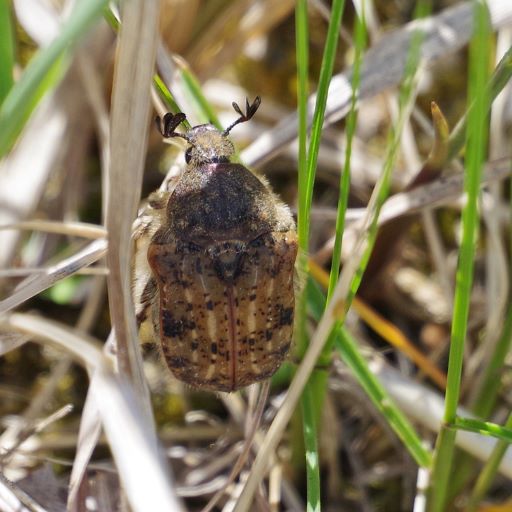
BUMBLE FLOWER BEETLES – When the BugLady found some of these and wrote about them one fall https://uwm.edu/field-station/bumble-flower-beetle/, BugFan Chris told her that they’re also around in the spring. Sure enough – she spotted this one in mid-May.
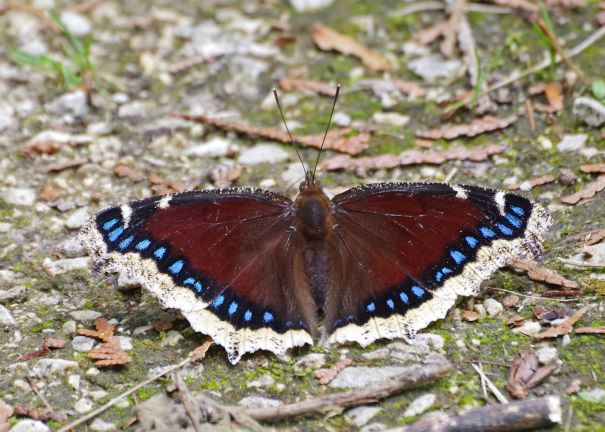
MOURNING CLOAKS aren’t splashy, and they eschew wildflowers in favor of dripping sap, but they’re pretty spiffy nonetheless, and they’ve got a cool life story. In a group (the order Lepidoptera) where the adult portion of a lifespan is usually measured in a few, short months, these are long-lived and complicated butterflies. They overwinter as adults, mate, and lay eggs in spring. Their offspring feed on willow leaves, form chrysalises, and emerge as adults in late spring or early summer. After feeding for a while, they go into a state of aestivation (summer dormancy) to avoid wear and tear. They wake in fall, feed some more, and then overwinter as adults in a state of suspended animation called diapause, which is similar to hibernation, tucked up in a cloistered spot called a hibernaculum that shelters them from the elements, and protected from the effects of freezing by glycerol (antifreeze) in their bodies. They may fly during a January thaw or on mild days in late winter, but they can reenter diapause when the temperature drops. When they emerge and mate in spring, they’re about 10 months old.
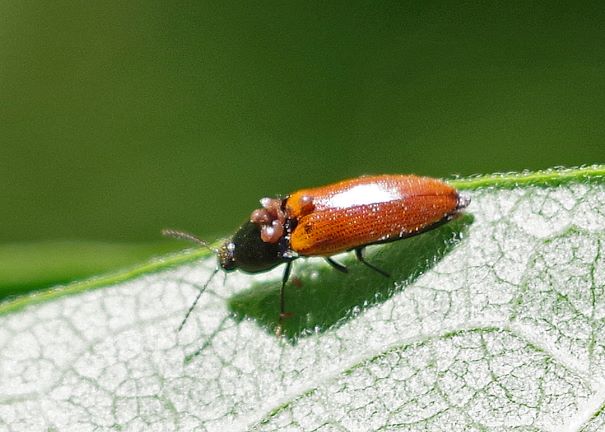
This pretty CLICK BEETLE by the name of Ampedus sanguinipennis (sanguinipennis means “blood wing”) is found in wooded areas – its larvae develop in, feed on, and then pupate in very rotten wood, emerging as adults by fall, but hunkering down within the pupal cell for the winter. Adults are pollen feeders that shelter under loose bark. Somewhere in its travels, this beetle encountered some mites, which hitched a ride. The harmless transporting of other organisms is called phoresy. Here’s a glamour shot https://bugguide.net/node/view/20063.
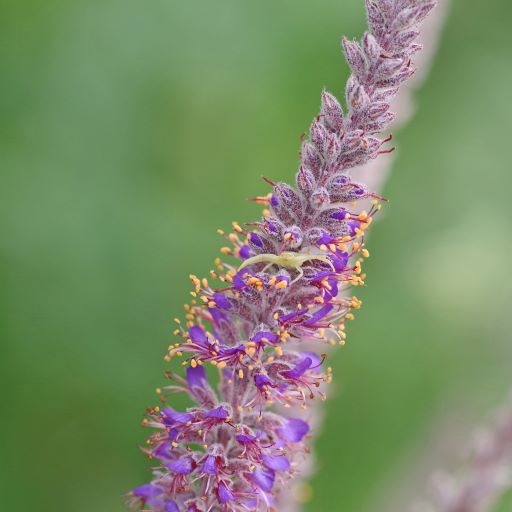
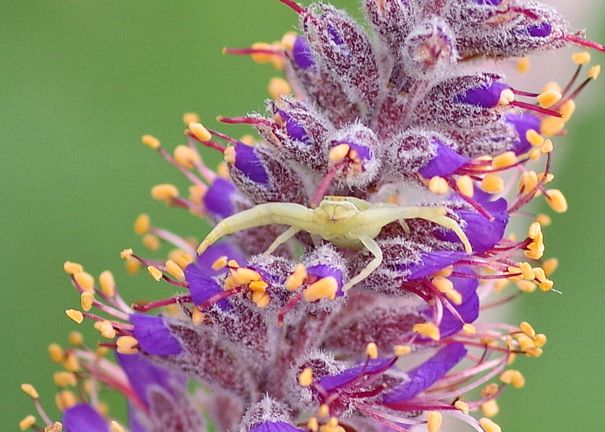
If you’re a CRAB SPIDER and you don’t spin trap webs, you need a different strategy for finding dinner. Crab spiders employ camouflage and ambush. The flower is a tallgrass prairie plant called leadplant.
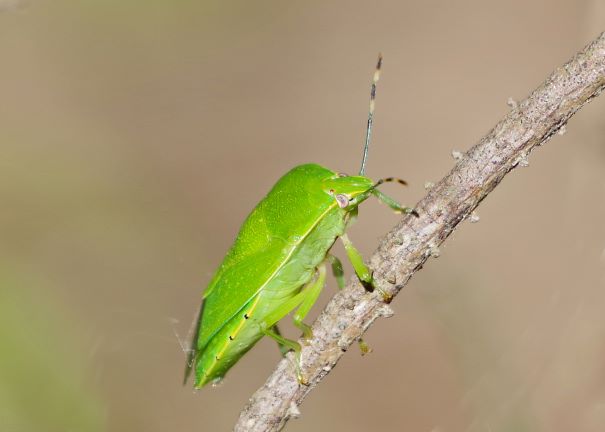
COMMON GREEN STINKBUGS (Chinavia hilaris) are considered persona non grata in agricultural fields and orchards because both the nymphs and the adults feed on fruit and developing seeds. And yet. Hilaris means “lively” and “cheerful,” and that’s the vibe this stink bug was sending on a sunny day.
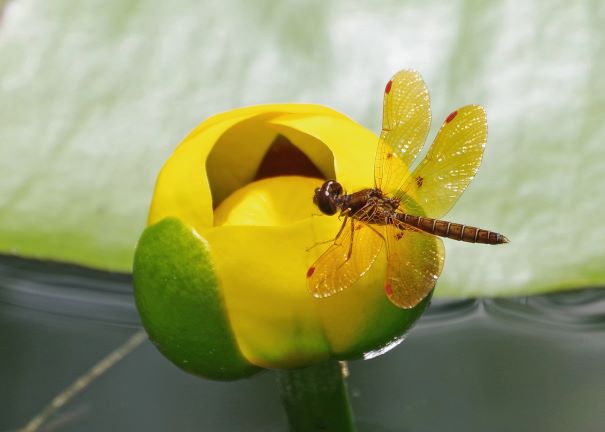
And an EASTERN AMBERWING Dragonfly in a pear tree.
Kate Redmond, The BugLady
Bug of the Week archives:
http://uwm.edu/field-station/category/bug-of-the-week/
